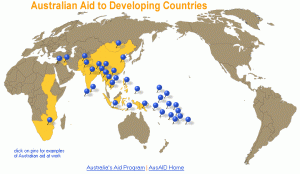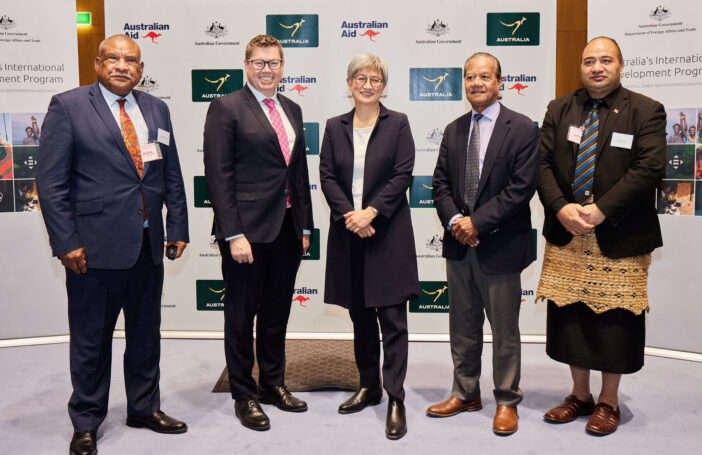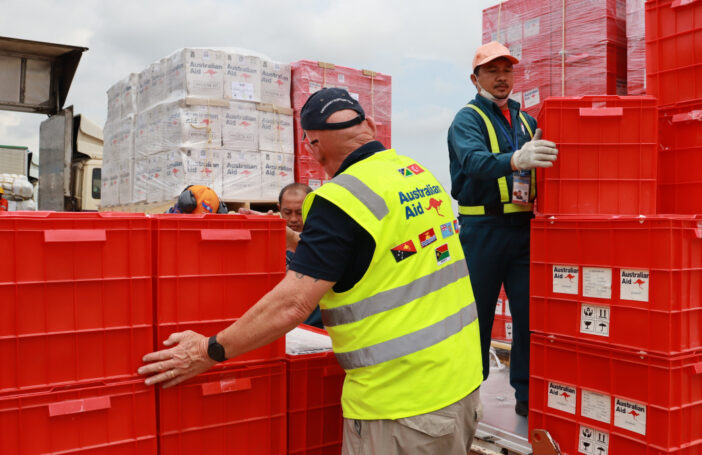 Today, Foreign Minister Rudd announced an “Independent Review of Aid Effectiveness”. According to his media release, the review will look at the effectiveness of the Australian Government’s aid program and guide its strategic direction. It’s a very welcome initiative and not before time. A number of Australian aid policy commentators have been urging the government for some time to put robust strategic flesh and muscle onto the aid policy skeleton (for example, see here.)
Today, Foreign Minister Rudd announced an “Independent Review of Aid Effectiveness”. According to his media release, the review will look at the effectiveness of the Australian Government’s aid program and guide its strategic direction. It’s a very welcome initiative and not before time. A number of Australian aid policy commentators have been urging the government for some time to put robust strategic flesh and muscle onto the aid policy skeleton (for example, see here.)
While this review is ostensibly about aid effectiveness, its terms of reference point to a product which promises to be significantly more influential and policy shaping than an aid technocrat’s review of efficiency. It will be looking at the program’s geographic focus, aid modalities and the program’s own performance and approaches. It will also be making recommendations on the organizational structure for the aid program although this comes after major changes were already implemented earlier this year. The program’s own internal arbiter of effectiveness, the Office of Development Effectiveness, also comes under the review team’s scrutiny. This office was created under the Howard Government when the aid agency came under pressure from other parts of the Canberra bureaucracy concerned and not a little envious at the program’s exponentially increasing budget.
Major reviews of Australia’s aid program are now traditional features of government policy setting, and justifiably given the size of the investment. In 1983, the Hawke Government commissioned the Jackson Report. The Howard Government initiated the Simons Review in 1996 and then followed it up 10 years later with the release of the first ever White Paper on Australia’s aid program. Each of these substantial exercises was pivotal in setting a clear direction and rationale for the program well into the future. And between each of them, smaller reviews have been used to refine and re-calibrate according to altered circumstances.
With the aid budget set to reach 0.5 per cent of Australia’s gross national income by 2015-16, there will be big expectations of this review and even bigger ones for the implementation of its findings.
Annmaree O’Keeffe is a research fellow at the Lowy Institute and works as a strategic adviser with CRCI in Ottawa. Annmaree is also a research associate at the Development Policy Centre.
A version of this article appeared first on the Lowy Interpreter here.
Also see:
- Why Australia needs an aid plan
- Aid Open Paper: Patterns and trends in Australian aid
- Quality of aid: How does Australia fare?
For other articles on aid effectiveness, click here.





I would like to support this Independent review of Australian aid programme. I worked for a UN Agency for many years in Asia and Pacific and the AusAID programmes were what made major differences in most countries I worked in.